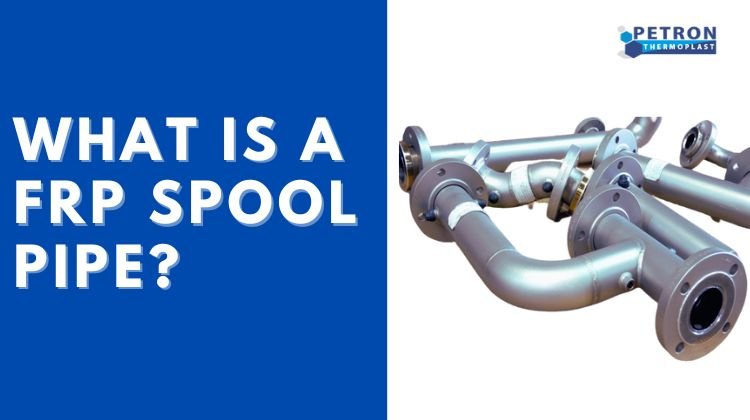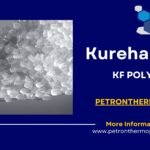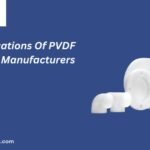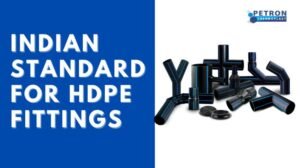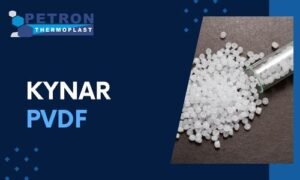Introduction
FRP Spool Pipe: In the realm of industrial applications, innovative materials and engineering techniques have led to the development of advanced solutions to address challenges in fluid transportation and containment. One such solution gaining prominence is the FRP (Fiber Reinforced Plastic) spool pipe. This remarkable component has carved a niche for itself in various industries, owing to its exceptional properties, versatility, and cost-effectiveness.
1. Understanding FRP Spool Pipe
The FRP spool pipe is a specialized type of piping system crafted from Fiber Reinforced Plastic materials. FRP, also known as GRP (Glass Reinforced Plastic), is a composite material composed of a polymer matrix fortified with glass, carbon, or aramid fibers. The resultant structure is a high-strength, lightweight material with outstanding mechanical and chemical properties.
2. The Anatomy of FRP Spool Pipe
The FRP spool pipe boasts a layered construction, each layer serving a specific purpose to enhance its overall performance and resilience. The primary components of the FRP spool pipe include:
2.1. Inner Liner
The innermost layer, known as the liner, comes in direct contact with the fluid being transported. This liner is generally composed of a corrosion-resistant resin that shields the pipe from the detrimental effects of chemicals, acids, and abrasive materials.
2.2. Structural Wall
Above the liner lies the structural wall of the FRP spool pipe. This layer is where the glass or other reinforcing fibers impregnated in the polymer matrix provide the necessary tensile strength and rigidity to the pipe, enabling it to withstand high pressures and external forces.
2.3. Outer Coating
Finally, the outer coating is applied to protect the structural wall and liner from environmental factors such as UV radiation, weathering, and potential physical damage. The choice of the coating material depends on the specific application and operating conditions.
3. Key Characteristics and Advantages
The FRP spool pipe exhibits an array of remarkable characteristics that set it apart from traditional piping materials. Let’s delve into some of its key advantages:
3.1. Corrosion Resistance
One of the most significant advantages of FRP spool pipes is their exceptional corrosion resistance. The inner liner, often made of specialized resin, serves as a barrier that effectively shields the pipe from the corrosive effects of chemicals and aggressive fluids. This makes it an ideal choice for industries dealing with corrosive substances.
3.2. High Strength-to-Weight Ratio
The Fiber Reinforced Plastic materials contribute to the pipe’s impressive strength-to-weight ratio. Despite being lightweight, the FRP spool pipe exhibits remarkable strength, making it suitable for applications that require a reliable yet lightweight piping solution.
3.3. Flexibility and Versatility
The manufacturing process of FRP spool pipes allows for customization and adaptability, leading to a high degree of versatility. Engineers can tailor the pipe’s design, thickness, and dimensions to suit specific project requirements, making it an ideal choice for complex installations.
3.4. Non-Conductive Nature
Unlike metallic pipes, FRP spool pipes are non-conductive, providing a safe solution for applications where electrical conductivity could pose a risk.
3.5. Low Thermal Conductivity
The low thermal conductivity of FRP helps in reducing heat transfer through the pipe’s walls. This characteristic is advantageous in scenarios where temperature insulation is critical.
3.6. Low Maintenance
The inherent resistance of FRP spool pipes to corrosion and degradation translates into significantly reduced maintenance efforts and costs, making it an economically viable long-term solution.
4. Applications of FRP Spool Pipe
The FRP spool pipe finds its utility in various industrial sectors due to its impressive properties. Some of its notable applications include:
4.1. Chemical Processing Industry
In the chemical processing industry, where the transportation of corrosive chemicals is a common requirement, FRP spool pipes serve as an excellent choice. Their resistance to chemical corrosion ensures a safe and efficient transport system.
4.2. Oil and Gas Sector
The oil and gas sector often grapples with challenges related to corrosion and harsh environmental conditions. FRP spool pipes offer an ideal solution for the safe conveyance of oil, gas, and other related products.
4.3. Water Treatment Plants
In water treatment plants, FRP spool pipes are employed to transport chemicals and treated water, benefiting from their resistance to corrosion and cost-effective maintenance.
4.4. Desalination Facilities
Desalination facilities often deal with highly saline environments, making the corrosion-resistant nature of FRP spool pipes highly advantageous for such applications.
4.5. Mining Industry
In the mining industry, where aggressive chemicals and abrasive materials are common, FRP spool pipes play a vital role in transporting slurry and tailings safely and efficiently.
4.6. Power Generation Plants
Power generation plants, including thermal, nuclear, and hydropower facilities, require sturdy and corrosion-resistant piping systems. FRP spool pipes meet these demands effectively.
5. Installation and Maintenance
Proper installation and maintenance are crucial for the optimal performance and longevity of FRP spool pipes. Qualified professionals should undertake the installation process, ensuring the correct alignment, support, and sealing of the pipes. Regular inspections and monitoring are essential to identify any potential issues and address them promptly, further extending the pipe’s service life.
6. Conclusion
The FRP spool pipe stands as a testament to human ingenuity in the domain of material science and engineering. Its unique blend of properties, including corrosion resistance, high strength-to-weight ratio, and flexibility, make it an invaluable asset across diverse industrial applications. As technology advances and the quest for more efficient and durable materials continues, FRP spool pipes will undoubtedly play an increasingly vital role in shaping our industrial landscape.
FAQ:
How is an FRP Spool Pipe different from traditional pipes?
Unlike traditional metallic pipes, FRP spool pipes offer exceptional corrosion resistance, a high strength-to-weight ratio, and non-conductive properties. They are specifically designed to handle corrosive fluids, making them ideal for various industries.
What are the main components of an FRP Spool Pipe?
The primary components of an FRP spool pipe include the inner liner, which provides corrosion resistance, the structural wall, reinforced with fibers for strength, and an outer coating to protect the pipe from environmental factors.
What industries commonly use FRP Spool Pipes?
FRP spool pipes are widely used in the chemical processing industry, oil and gas sector, water treatment plants, desalination facilities, mining industry, and power generation plants, among others.
How does the corrosion resistance of FRP Spool Pipes benefit industries?
The corrosion resistance of FRP spool pipes ensures the safe transportation of corrosive fluids, reducing the risk of leaks, contamination, and equipment damage. This characteristic leads to improved operational efficiency and cost savings on maintenance.

